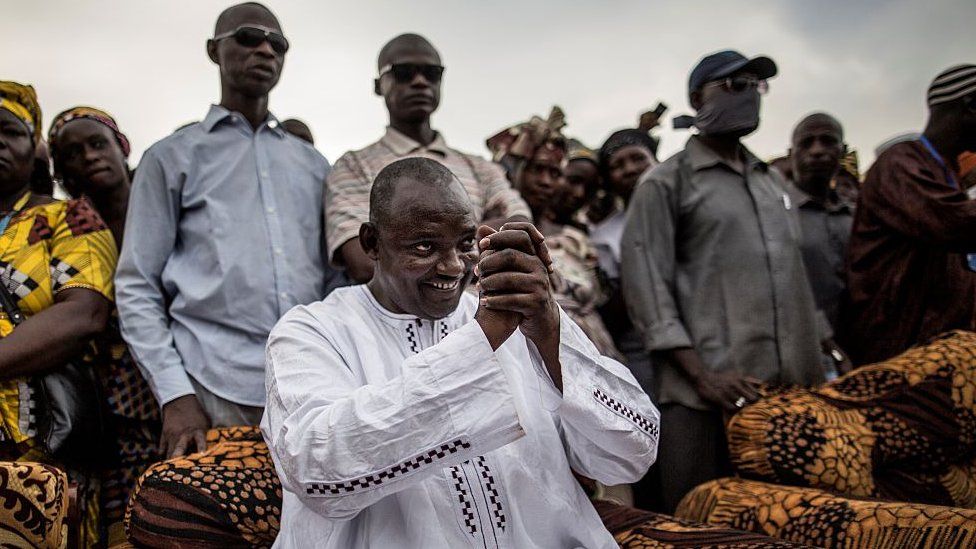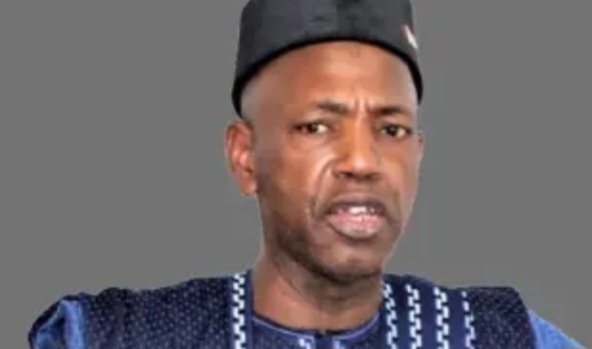
The West Africa Coastal Areas Resilience Investment Project (WACAResIP 2), which was approved today for a total amount of $246 million in financing from the International Development Association (IDA)*, including a $5 million PROBLUE grant, will benefit populations that are immediately at risk from coastal erosion, flooding, and pollution, as well as people who depend on agroindustry and tourism along the coastlines in The Gambia, Ghana, and Guinea-Bissau.
This second WACAprojectincludes an award toward the West African Financial and Money related Association (WAEMU) to facilitate provincial associations in working on local joining, overseeing natural streams, and accomplishing economies of scale in overseeing shared beach front assets required for environment flexibility.
The World Bank funding has utilized private area finance for blue carbon credit declared at the 2022 Joined Countries Environmental Change Gathering (COP27).
The blue economy is very important. Nearly a third of the population lives in coastal areas, which account for 42% of West Africa’s GDP.
An extension of the WACA Program that already included Benin, Cote d’Ivoire, Mauritania, Sao Tome and Principe, Senegal, and Togo is the second WACA project. The new project will use a combination of nature-based solutions and grey infrastructure to protect economic and livelihood assets from coastal erosion and flooding in The Gambia, Ghana, and Guinea-Bissau.
It will also include social investments at the community level to increase climate-resilient at the local level.
The challenges facing development in coastal West Africa are multifaceted, complex, and cannot be addressed by any one nation alone. Because of this, regional integration and solutions are incorporated into the WACA Program’s design. “We have already witnessed the need for physical cross-border solutions to stabilize the coastline from coastal erosion between Togo and Benin. “The WAEMU is eager to bring this to scale in WACA ResIP 2,” says Kako Nubukpo, WAEMU Commissioner for Food Security, Resources, and Environment. This requires common policy, approaches, and collaboration.




